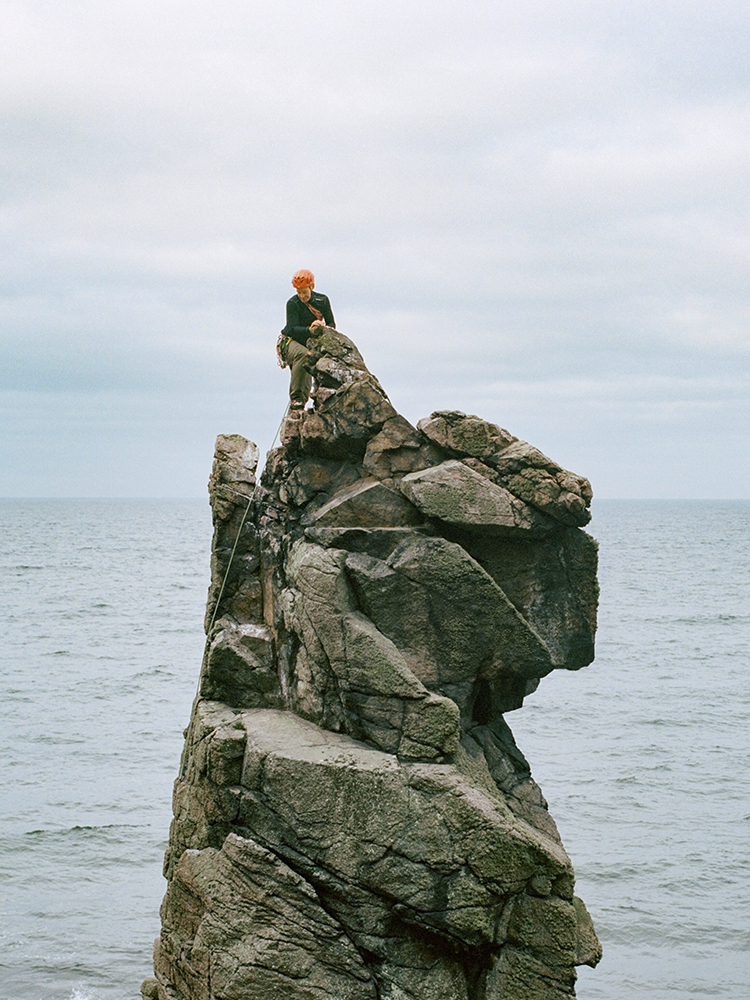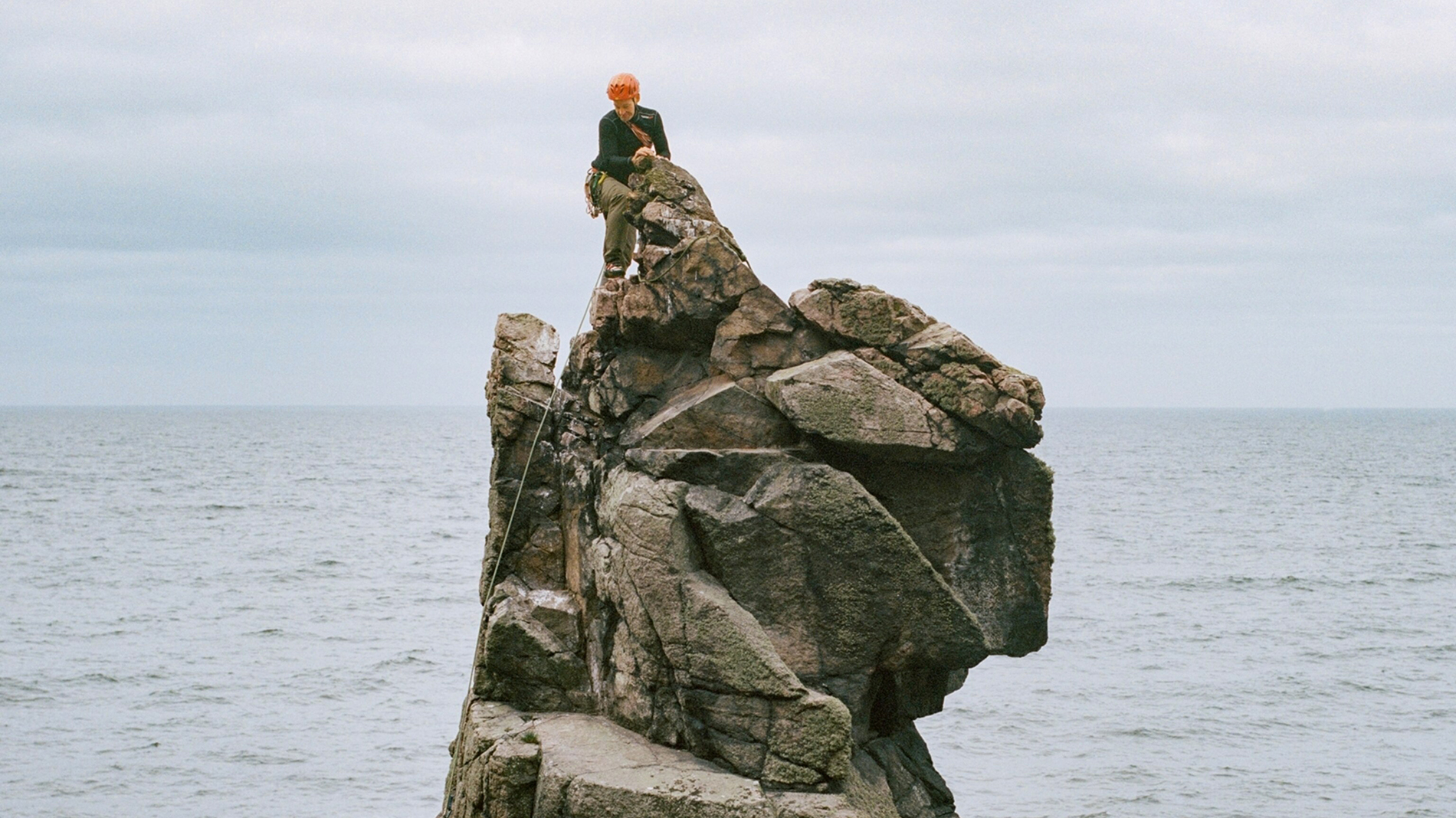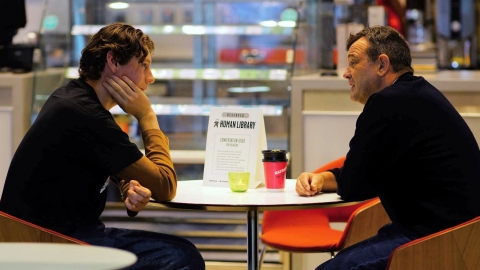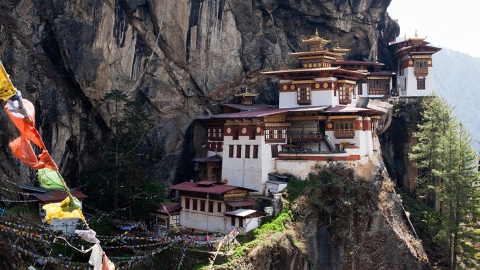In Denmark, you're never more than 50km from the sea. Apart from the Jylland peninsula's border with Germany, Denmark is surrounded by water, with a total of 8,750km of coastline - or as the Danish call it,Kystland, literally "coastal land".
"This was a great opportunity for the Viking community, as sailing was the most important way of travelling at that time. Land separated people, but water connected them," said Rikke Johansen, curator of the Viking Ship Museum in Roskilde.
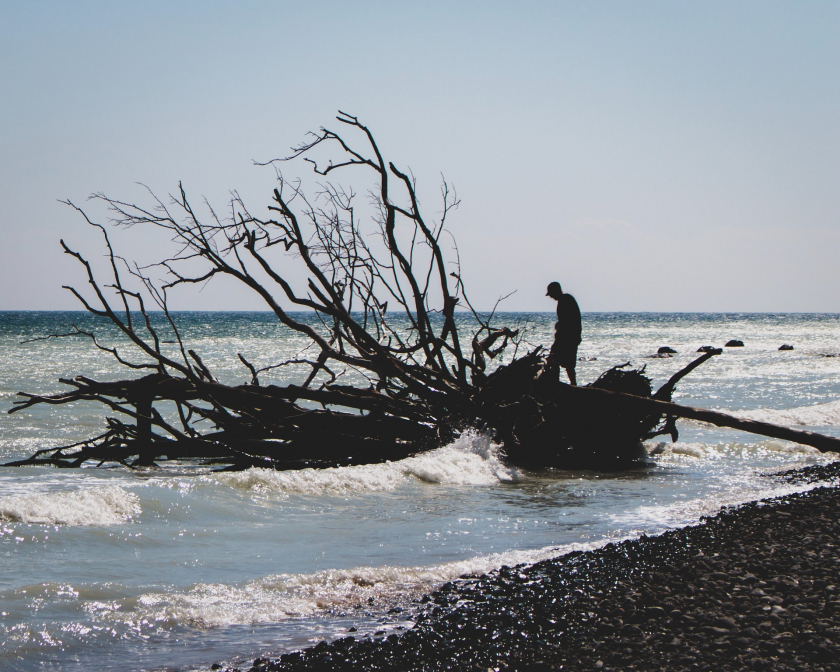
The coastline facing the Møns Klint cliffs, Denmark - Photo: @casper_munk
Fishing was once a necessity for survival, long before the region's 406 islands became a unified, agricultural nation. But today, Johansen says, water is also synonymous with "recreation" for most Danes. "We take it for granted, a way of life. For most people here, looking at the sea is an important thing to do, every day." (And remember, this is the second happiest country in the world.)
Denmark and its “dangerous” relationship with the sea
Denmark is a low-lying country, carved out by glaciers and ice streams from the Ice Age. With a maximum elevation of just 170 meters above sea level, the country is particularly vulnerable to flooding and storms. Sea levels are expected to rise by 0.91 meters by 2100, and archaeologists fear that historic sites along Denmark's coastline will disappear completely.
In 2019, the 120-year-old Rubjerg Knude lighthouse had to be moved further from the shore due to the risk of erosion. Rubjerg Knude was originally built 200 meters from the sea, but over the past hundred years, that distance has shrunk to just under 6 meters. To protect the low-lying land, the Danes have built dykes along 340 meters of shore and covered them with grass to attract wildlife. To protect stretches of coastline from increased erosion, sand is mined from certain areas offshore and brought in to replace the shoreline, beaches and dunes. Otherwise, parts of the country's west coast would be retreating by 8 meters every year.

An abandoned house located in an eroding coastal area.
Located on the windswept west coast of Jylland, the town of Klitmøller is also known as “Cold Hawaii”, because of the frequent 2m+ waves and the surfing culture here.
“There’s a history of centuries of fear and respect for water,” says Casper Steinfath, a world champion stand-up paddleboarder. He tells of the Klitmøller tradition of swimming with one end of a rope tied around their waist and the other to a pier or other sturdy object to prevent being pulled under. “The West Coast people here say we areborn against the wind”. Going against the wind is very dangerous if you want to go to sea. "But it makes us stronger".
In Denmark, all entertainment is associated with sea and sand.
At the northern tip of Jylland, the Baltic Sea meets the North Sea at Skagen – a place where you can stand in the shallows and feel the waves crashing. The city was once home to Denmark’s largest fishing community, and is now famous for its shifting sand dunes and unique light phenomena. The area has inspired countless people, from the 19th-century Skagen painters to contemporary artists such as Niels Poplens. Poplens himself once said: “In Skagen, even the darkness is bright.”
Denmark’s east coast is more sheltered. The inlets and fjords are well protected, allowing for less “exciting” activities like stand-up paddleboarding. Soft sandy beaches attract naturists: some are designated for nude bathing only. If you disembark at the pier in Skagen, you might be greeted by an old man, as naked as the day he was born.
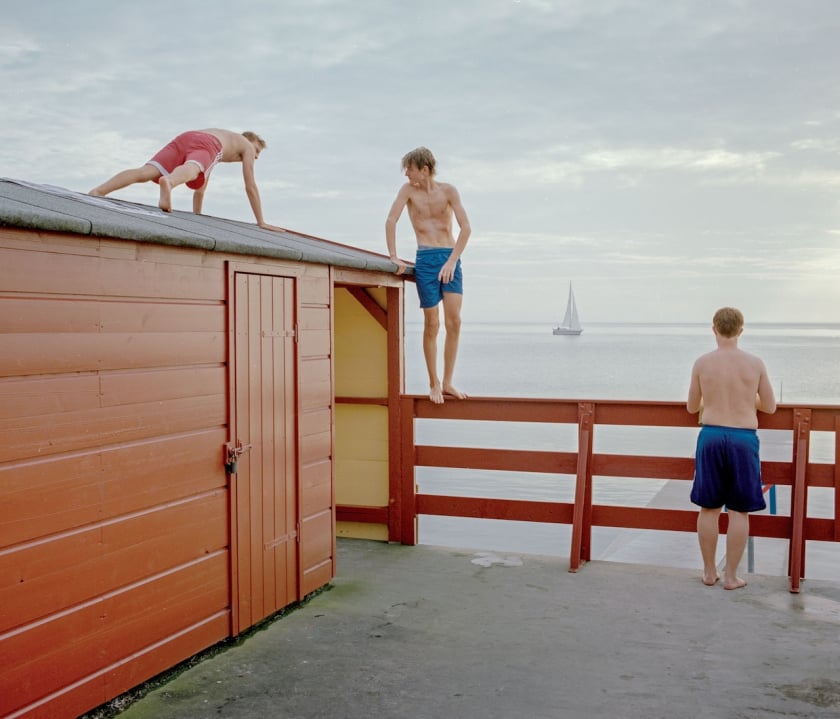
A group of sea creatures on Rudkøbing beach.
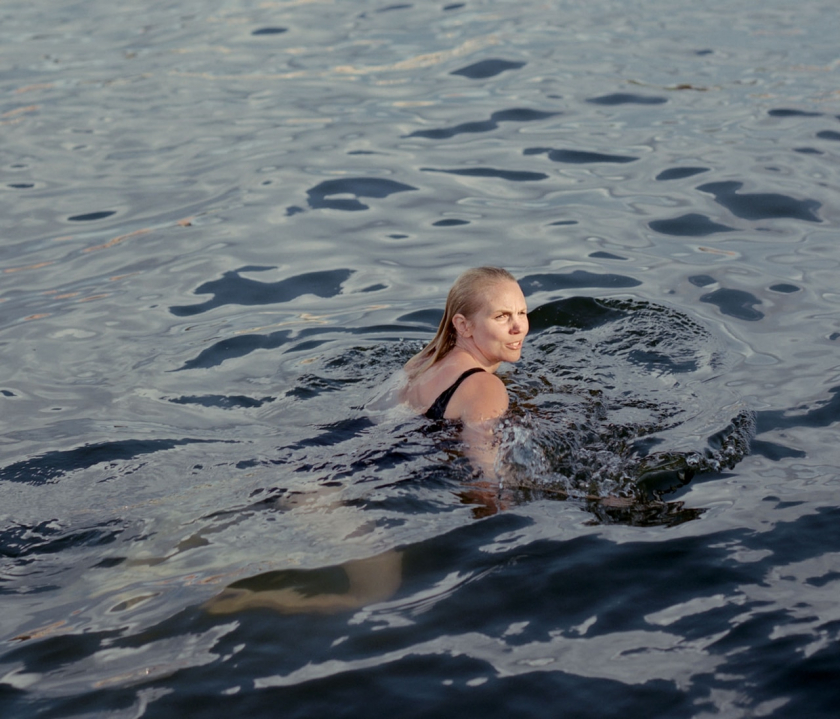
A swimmer in the waters of Copenhagen harbor
Bornholm, off the coast of Copenhagen, is a great place to enjoy Michelin-starred food and lounge on the sand. The sand here was once used to make hourglasses. Beautiful Ærø, a small island south of Fyn in central Denmark, is a popular destination for beach weddings.
In the summer, when it's still light past 11 p.m., many Danes enjoy a "double dip" after hours of hard work: they go boating, fishing, kayaking or windsurfing.
Søren Nielsen, a boatbuilder from Roskilde, comments: “We never get bored. Just put down your phone, leave your busyness behind, and go to the sea – just do that to feel close to nature.”
Or as athlete Steinfath puts it, "The coast is my happy place." It's no surprise that Denmark regularly appears on lists of the world's happiest countries, even being mentioned in the book Blue Zones - a search for places where people live longer - by author Dan Buettner.

Råbjerg Mile - Denmark's largest sandbox.
With 1,300 near-pristine beaches and a population of just 5.8 million, Denmark could have a beach all to itself. Many towns offer lodging and firewood storage to encourage camping. You can dine for free on nearby oyster and mussel beds, which are plentiful most of the year. All you need is a pan and a Viking spirit of adventure.
"There's definitely something Nordic about being a Dane. As descendants of Vikings, we have to be resilient," Steinfath says. "The coastline is where the ocean and the Earth are locked in an eternal, never-ending battle. The wild forces of nature both inspire and humble me. And I feel alive."





